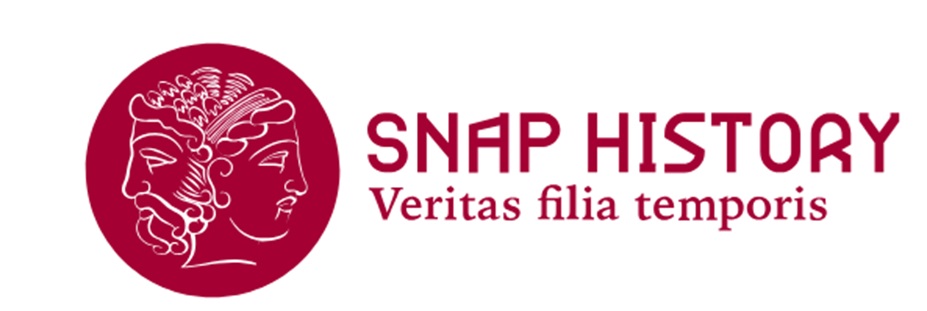Not just beauty
Rediscovering the many meanings hidden in prehistoric Venuses

Some archaeological finds called prehistoric Venuses - wikicommons
In ancient times, even before the development of a written code of letters, prehistoric humans arrived at the creation of an artistically inclined language. Numerous archaeological findings bear witness to this extraordinary new ability, most notably the Venus figurines, depictions of nude women emphasizing characteristic parts of the female body. These objects warrant the term “art”, as their creation does not appear to have been driven by survival needs.
Yet, perhaps some of that primal drive for preservation lies at the heart of their creation. The Venus figurines are named in honor of the Roman goddess (Aphrodite in Greek) of love and beauty. When these artifacts were first discovered in the early 20th century, some scholars associated their imagery with ancient ideals of beauty. It was believed that, in a nomadic society of hunters and gatherers, such a figure represented an ideal of female beauty. Corpulence became synonymous with fertility, which in turn ensured the continuity of the community.
Over time, it became understood that Venus figurines were also produced by non-nomadic communities, as evidenced by the proto-urban settlement of Çatalhöyük. These discoveries have allowed for a much deeper interpretation of the Venus figurines beyond mere aesthetic ideals.
These images may have served to protect the family unit or to ensure successful hunts. The former case suggests a society where a clear division of roles between men and women already existed, with the latter responsible for managing the household and children. The latter interpretation, however, seems to align more with a nomadic community’s values. Alternatively, these Venus figurines may have been created as votive offerings in honor of a deity.
Unfortunately, the lack of written records leaves all possibilities open.
Site: Scoperta a Çatalhöyük una eccezionale statuetta femminile neolitica, September 2016, The Historical Fact, viewed in November 2024
Pasquale Farallo, LE VENERI PALEOLITICHE ED IL CULTO DELLA DEA MADRE, 2018, Archaeology, Art and Culture of the Paleolithic
Francesca Roncoroni, Le veneri paleolitiche: all'origine del femminile, 2019, EVA VS EVA, Gangemi Publisher
2025-03-09
Salvatore Ciccarello
